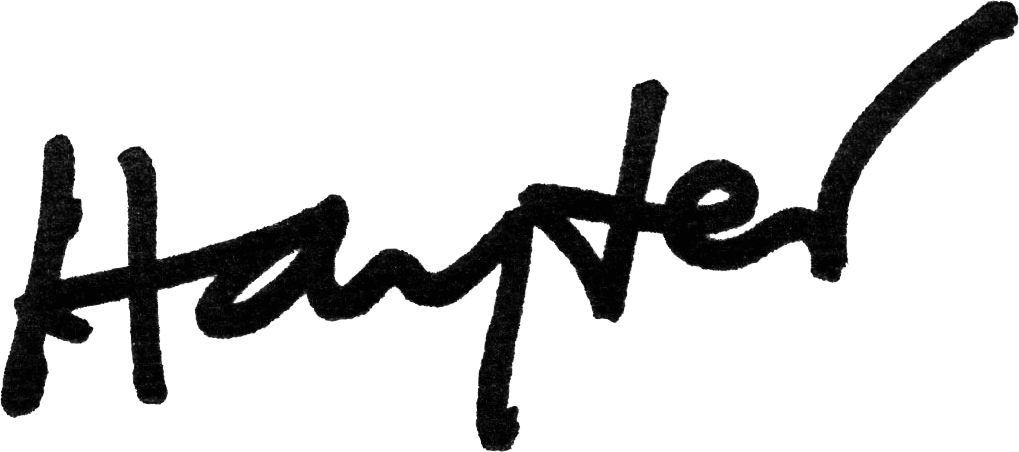Selected Paintings
Hayter’s Paintings and their Imagery » by Bryan Robertson
Published in The Renaissance of Gravure edited by P.M.S. Hacker, 1988.
Hayter made paintings and drawings before he made an engraving: he has drawn and painted ever since. Hayter’s gift for twentieth-century art is in his imagery, expressed as spectacularly through painting as through printmaking and, in painting, on a scale that graphic art cannot attain; a crucial fact, easily overlooked. It is right to honour Hayter’s transformation of printmaking and to pay tribute to his generosity to fellow artists in sharing technical innovation, but wrong to label him as a printmaker or a graphic artist in isolation. Three-quarters of Hayter’s mature work exists as paintings; the second crucial fact which should never be forgotten. He is an artist who draws and engraves as well as paints, that is all. We do not circumscribe Goya as a printmaker
If I seem unduly Insistent about Hayter’s work as a painter, known to all who really know and care for the best art of the twentieth century, it is because in the past Hayter has occasionally suffered from neglect as a painter by critics and officials who like to stick simplified labels on easily categorized commodities. For them, it was hard to accept two decades ago that an artist recognized everywhere as the greatest printmaker of our century should be an equally accomplished painter. What is surely plain now is that you cannot exist inside a vacuum of technical virtuosity, however dazzling. You must first have an image for this virtuosity to bring to life. Those who refer admiringly to Hayter as a great technician avoid the issue.
A prime characteristic of modern art to be found throughout Hayter’s work is the concern for close-up, the examination of structures, substances, and encounters of all kinds in close detail rather than from a distance. Hayter’s parallel interest in morphology and the structure of movement itself-a wave, a crystal, a shell, the vortex and the ellipse, cross-currents in water, the action of tides, mirror images-finds itself most happily within this proximity. The space occupied by the central forms in his work is usually enclosed, like a harbour or an arena; or the action is set within an implicitly stated proscenium, like a theatrical event on a shallow stage.
Hayter is also a dissector, keen always to get beneath the surface of things and to see beyond normal boundaries. His early training as a chemist and his interest in structure-including the interplay between one kind of movement and another and their interaction with space-is seen most clearly in his lifelong delineation of a kind of X-ray vision of objects so that one part of something is seen through another part with the object as a whole thus opened up, as if transparent. This approach to form has sculptural three-dimensional counterpart in the early wire sculpture of Calder, another close friend of Hayter’s since student days in Paris.
I have referred to time, history, violence, mythology, and other themes which may seem to burden Hayter’s art with literary connotations that an abstract artist concerned always with the image beyond the words, cannot properly support. But Hayter’s potency as an artist was realized in its strongest terms through Surrealism which developed-on a broad front shared by many artists-the invention of personages, biomorphic, anthropomorphic, or mechanomorphic, to play out the disruptive dramas of the post-Freudian probings of the subconscious through free drawings or automatism. The latter produced new forms, often bird-like, insect-like, or crustacean, as well as anthropomorphic. Other forms have no exterior reference and spring to life from another kind of impulse in the subconscious; they exist only within their own energy.
Since the mid-fifties, Hayter’s color in his paintings and prints has also a fluorescent element which increases its brilliance through luminosity. In recent years, the simplified concentrations of form and space and the equally abrupt juxtapositions of edgily bright color recall the emblematic and perspectival simplifications in the colour and form of Japanese art, notably in Japanese nineteenth-century prints, and it is not surprising that the largest retrospective exhibition of Hayter’s paintings and prints was held in two museums in Japan in 1984. Since then, Hayter has painted on through his own eighties with an extraordinary éclat not seen in any artist’s late work since the glowing example of Matisse. In scale and intensity, the work seems unfazed by the passage of time-like so much of the action itself in a Hayter canvas-and continuously brings in French discoveries. Hayter is not marking time, and says that he is busily unlearning everything in the best spirit of Zen.
